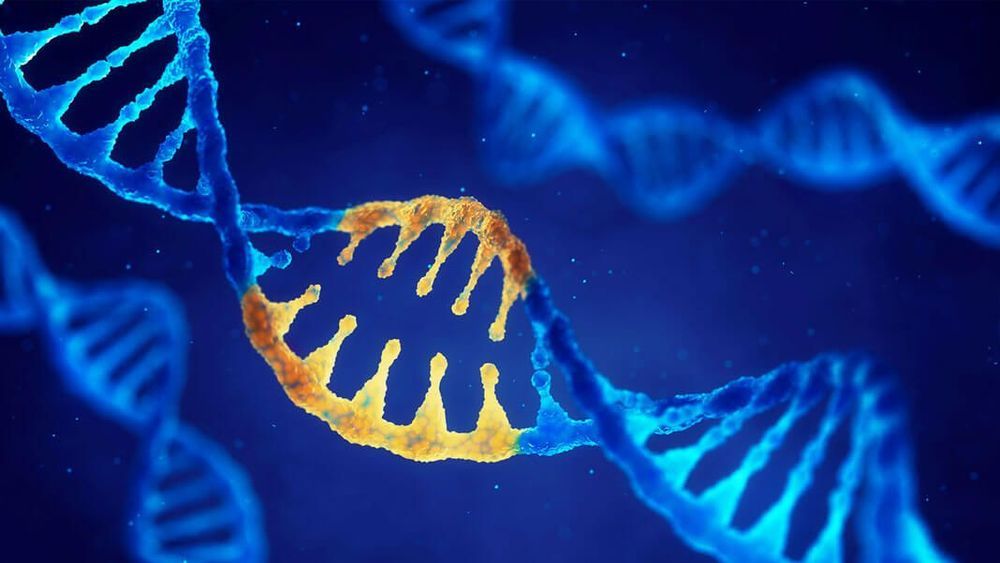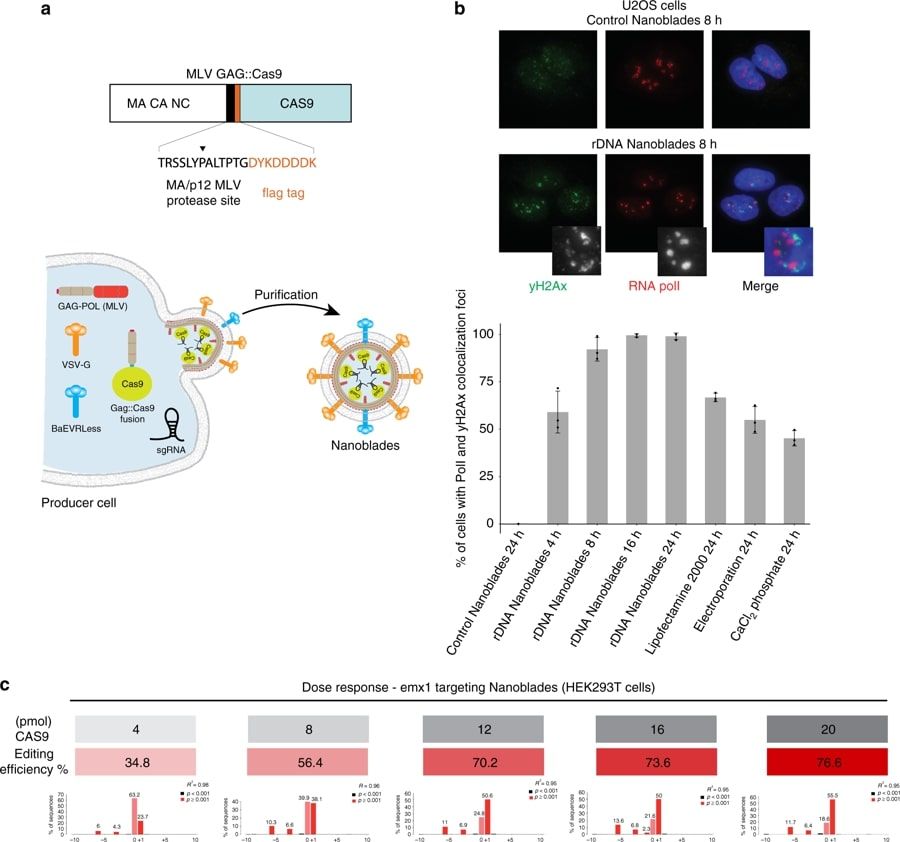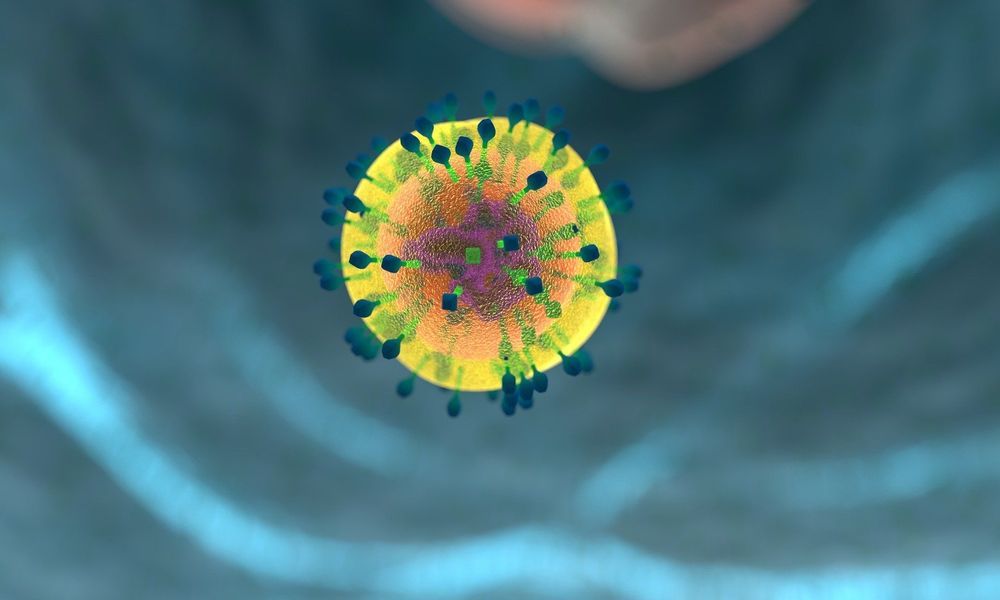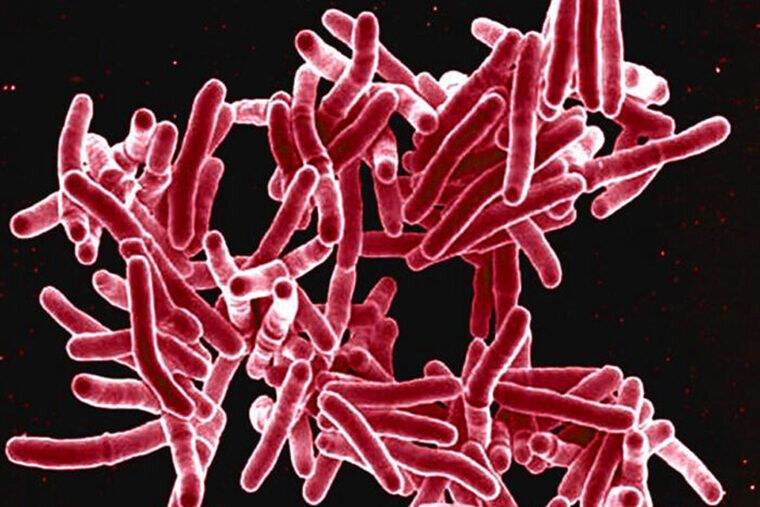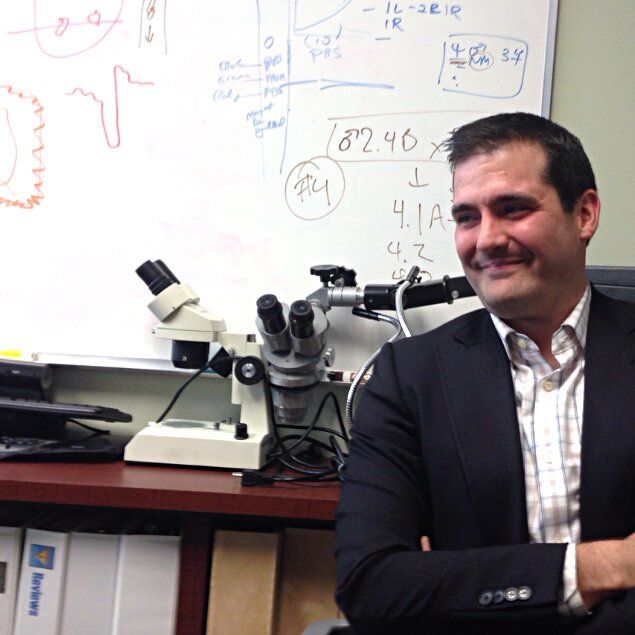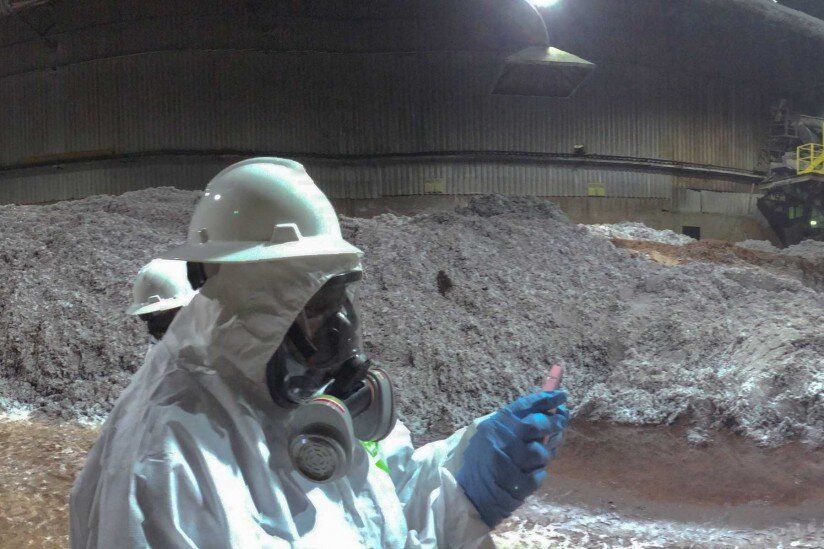May 7, 2019
CRISPR Used in Human Trials for the First Time in the US
Posted by Quinn Sena in categories: bioengineering, biotech/medical
Here, doctors extract a patient’s own T cells, a type of white blood cell that normally acts as the body’s watcher against cancer and infection. Cancer cells eventually learn to evade T cells or disarm the troops—while turning their own surrounding normal cells into cancerous ones, thus expanding their tumor legion.
CAR-T uses gene therapy to recharge those beaten-down T cells. The UPenn study, for example, relies on a neutered HIV-like virus to deliver an artificial “tracker” protein into those cells. These designer trackers expertly hunt down a protein dubbed NY-ESO-1, which dot certain cancer cells’ surface like a homing beacon.
CRISPR amplifies the CAR-T effect: the team is using the gene editing tool to erase three different “brakes” in T cells. Killing off the first two, TCR α and TCR β, keeps the edited cells in check to prevent friendly autoimmune fire, and allows the added “tracker proteins” to thrive in large numbers. Wiping out the third, PD-1, prevents a phenomenon called T cell exhaustion. It’s aptly named: here, tumor cells secrete molecules that literally shut down T cell activity, zapping away their killing power.
Continue reading “CRISPR Used in Human Trials for the First Time in the US” »
